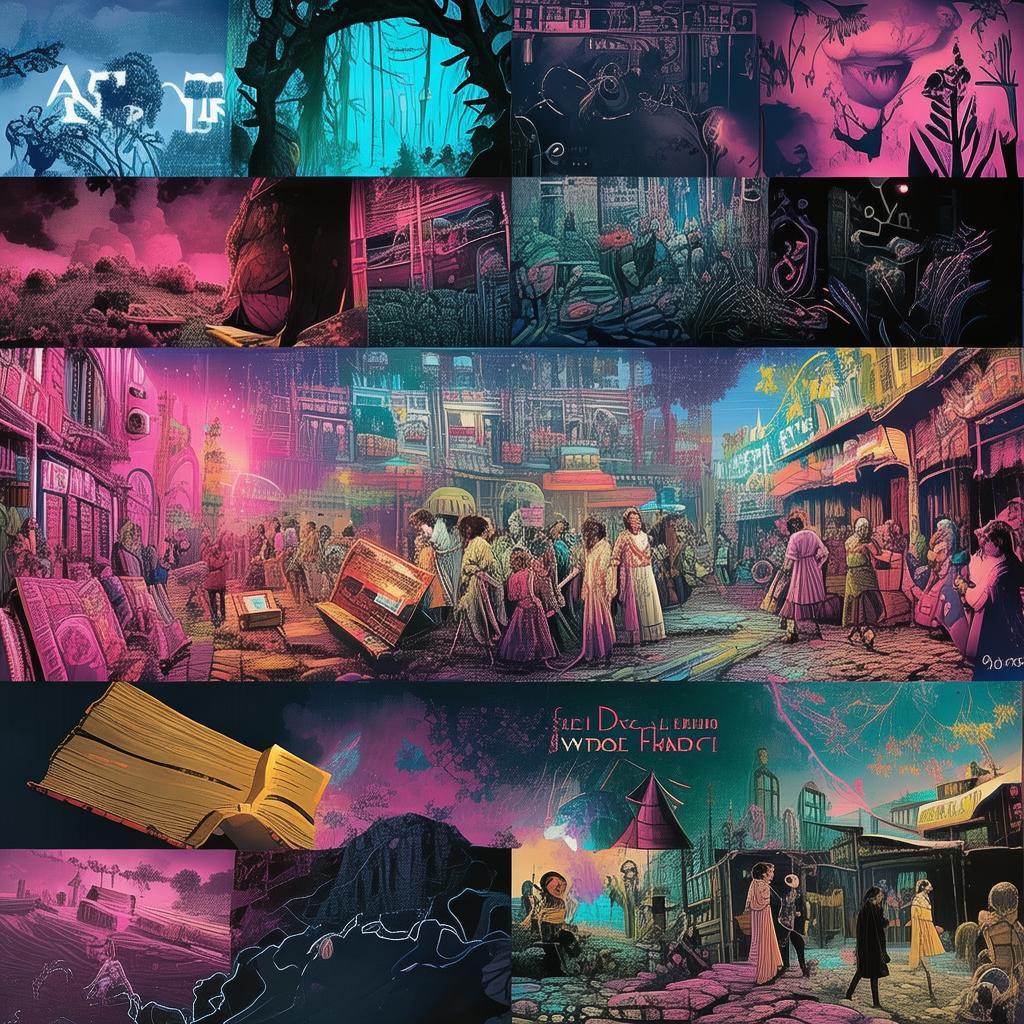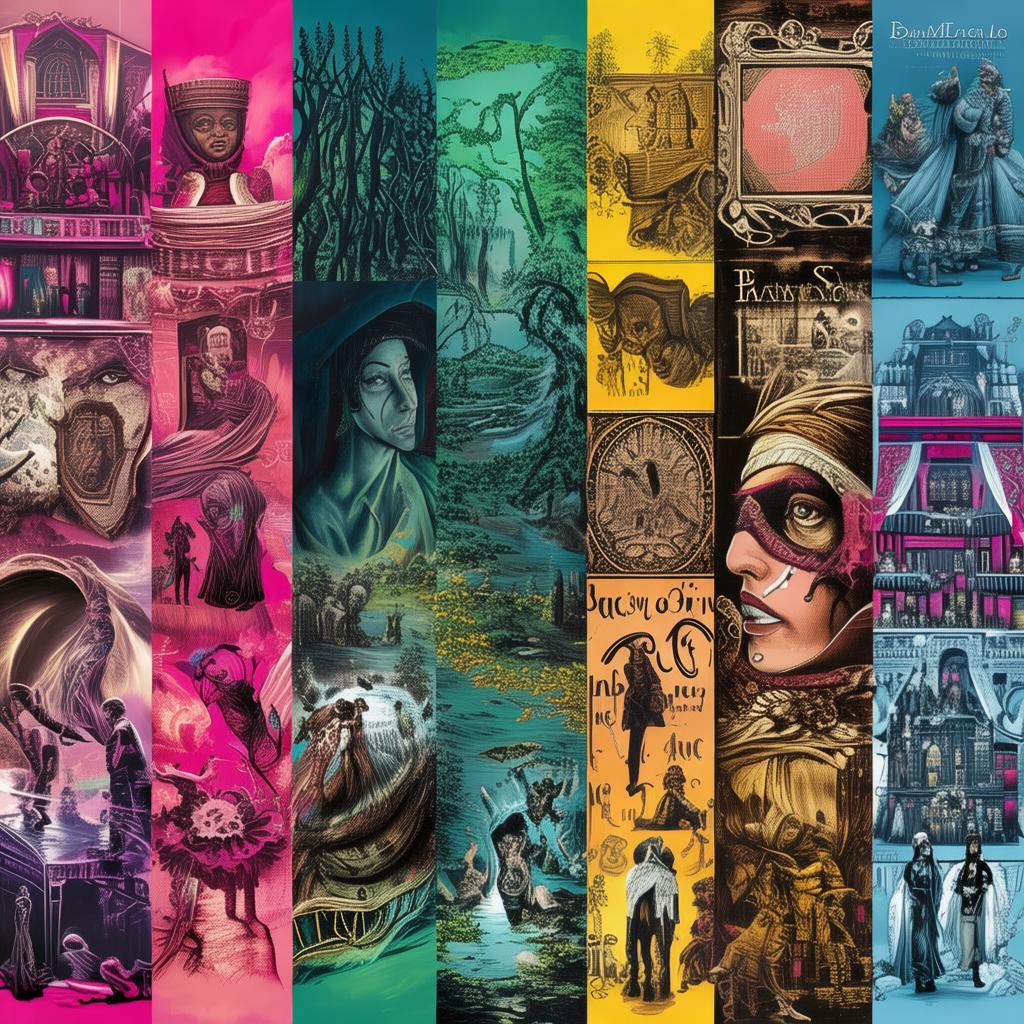The Love in the Pan
The sun had barely kissed the horizon as Eliza stepped into her mother's quaint little bistro, "Blossom," which had been closed for the last decade. The scent of fresh-baked bread and the warmth of the old oak table greeted her. The bistro, which was once the heartbeat of her family, now stood silent, a time capsule frozen in the 90s.
The air was thick with memories, but none as potent as the aroma of the recipe she had always suspected her mother kept hidden. She knew the recipe well; it was the one she had learned by heart as a child, but never understood its true significance.
Eliza found the recipe in the old wooden kitchen cabinet, tucked behind a stack of dusty recipe cards. The ingredients were simple, but the instructions were cryptic. It was the one dish her mother would only make on special occasions, the one dish that seemed to carry a weight of its own.
Determined to uncover the story behind this mysterious recipe, Eliza began her investigation. She spoke to family friends, neighbors, and even her mother's former chef, but everyone's stories were fragmented and cryptic. There was a sense that she was being guided toward a secret she was not ready to face.
The recipe called for an unusual ingredient—a drop of blood. It was a requirement her mother never discussed, and the blood had to come from a person the cook loved deeply. The realization struck Eliza like lightning; the dish was not just food; it was a representation of love itself.
As Eliza continued to delve into the past, she found herself drawn to the bistro's first chef, a man named Thomas. He was a legend in the culinary world, a man whose recipes were spoken of in hushed tones. It was rumored that Thomas had loved Eliza's mother with all his heart, but the love was never returned.
Eliza's investigation led her to Thomas's old journal, which was hidden in the same cabinet as the recipe. The journal was filled with entries of his love, his heartache, and his ultimate sacrifice. He had given up everything to be with her, but it was not enough. Her mother had chosen another path, and Thomas's heart had been broken beyond repair.

Eliza realized that her mother had kept the recipe, not as a symbol of love, but as a testament to her own broken heart. The blood in the recipe was not just a metaphor; it was a physical representation of her mother's love, and the pain she felt for having lost it.
Determined to honor her mother's legacy and the love she had never known, Eliza decided to serve the dish at Blossom's reopening. She invited Thomas to the event, and as they shared the dish that night, Eliza felt the weight of the years lifted from her shoulders.
The bistro was a success, and the dish became a local sensation, not just for its taste, but for the story it carried. Eliza's connection to her mother grew stronger as she learned to appreciate the love her mother had once known.
Through the taste of love in the pan, Eliza discovered the true essence of her mother's heart and her own. She learned that love, like the flavors in a dish, can be both sweet and bitter, and that the most profound connections are often found in the most unexpected places.
✨ Original Statement ✨
All articles published on this website (including but not limited to text, images, videos, and other content) are original or authorized for reposting and are protected by relevant laws. Without the explicit written permission of this website, no individual or organization may copy, modify, repost, or use the content for commercial purposes.
If you need to quote or cooperate, please contact this site for authorization. We reserve the right to pursue legal responsibility for any unauthorized use.
Hereby declared.









